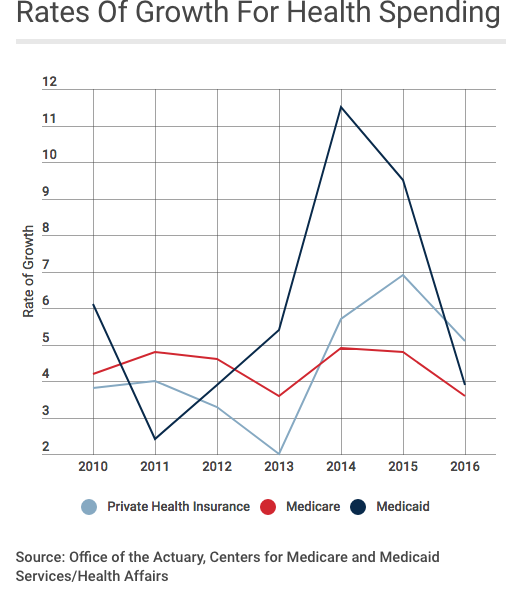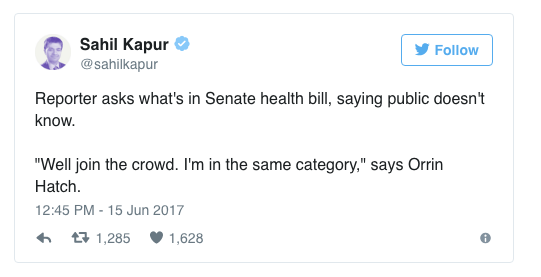Today MCM is honored to bring you a guest post authored by the Sedgwick Institute’s Rick Victor, PhD. Rick is the former CEO of the Workers’ Compensation Research Institute, and a colleague and friend as well.
The post begins below; emphasis was added by MCM.
Trump Immigration Rhetoric and Actions
Risk Higher WC Costs and Slower Return to Work
The Trump immigration actions and rhetoric will significantly worsen the doctor shortage. The Association of American Medical Colleges (AAMC) reports a deficit of 8200 primary care doctors in 2016. It predicts a shortage of nearly 95,000 doctors by 2025. As of 2010, 27% of US physicians were foreign born – 230,000 physicians. Fortunately for US patients, that number has increased each year. Given the large number of baby-boomer physicians who will retire in the next decade, we increasingly rely for our care on foreign born doctors.
The Trump travel ban, rhetoric and recent actions to detain and deport immigrants are creating direct impediments to immigration of needed medical personnel, and a hostile environment for many healthcare workers who consider immigrating to the US for training or jobs. It is in our self-interest to encourage the best and brightest come to the US rather than embracing public policies and rhetoric that repel them.
Seven thousand US physicians were born in the six countries covered by the Trump travel ban. These doctors provide 14 million patient-visits each year. Especially affected are patients in Michigan (1.2 million visits), Ohio (880,000 visits), Pennsylvania (700,000 visits) and West Virginia (210,000). In areas with current doctor shortages, the doctors born in these 6 countries provide 2.3 million patient-visits each year. [The Immigrant Doctors Project used US government data to create a map showing the adverse effects on each local area in the US https://immigrantdoctors.org/.
The negative impact of the Trump travel ban on our healthcare system is much broader than this. First, the rhetoric and initial actions have created substantial uncertainty (and inhospitality) for immigrants from many countries, not just the six listed in the travel ban. The best and the brightest of these have many options other than the US.
Second, both those currently working and training in the US and those considering immigration for training and/or better living conditions are also affected. For those currently training in the US, they wonder if they leave the US to visit family, will they be allowed to returned. When their training is completed, will they be allowed to stay? For those considering training or relocating to the US, they are making a multi-year commitment – mid-course disruption would be very costly to them. The uncertainty created by the recent rhetoric and government actions make the decision to come to the US an increasingly risky one.
Third, we rely heavily on non-physician healthcare workers – 1 in 6 of US healthcare workers are foreign born (nearly 2 million). Forty percent of foreign born healthcare workers are from Asia and the Middle East.
Each year, the US healthcare system depends heavily on immigration to meet the growing demand for healthcare services in the US. Between 2006 and 2010, the number of foreign born US healthcare workers grew from 1.5 million to 1.8 million – adding 300,000 new immigrant healthcare workers.
The US healthcare system relies heavily on foreign born doctors and other healthcare workers. Each year, its reliance grows. The demands on our healthcare system are growing substantially with the aging of the population. Current doctor shortages are predicted to growth dramatically, even if the past patterns of immigration continue. The Trump rhetoric and actions on immigration will impair the flow of healthcare workers immigrating to the US. We will all be worse off as wait times grow and access to needed services becomes more difficult.
Foreign born doctors have choices about where they work. Opponents of single payer models of healthcare financing often cite the longer wait times for patients in single payer systems like Canada and Britain. How ironic if US immigration policies end up reducing wait times in Canada while increasing our wait times.






